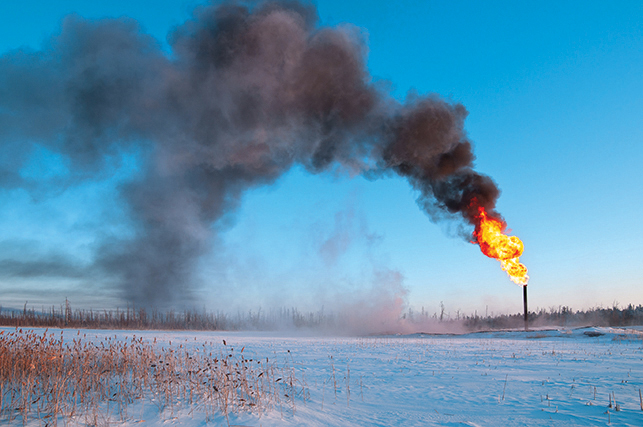Black carbon, or soot, is now considered to be the second most potent driver of anthropogenic climate change, its effect on global temperatures trailing only that of carbon dioxide. Whereas carbon dioxide emissions spread broadly across the planet, black carbon’s effects are far more localized. On broad regional scales, black carbon can have a prominent effect, particularly in polar regions where soot strongly dampens the surface albedo.
Since 1964, researchers in Kevo, Finland, have been collecting weekly aerosol samples. In their research, Dutkiewicz et al. determined the concentrations of atmospheric black carbon in these samples. The observational data set is the longest of its type from above the Arctic Circle. Analyzing the records, the authors found a prominent long-term reduction in atmospheric black carbon, a trend that they suggest stems from declining emissions.
From 1970 to 2010, the authors found that atmospheric black carbon decreased, on average, by 1.8% per year. The reduction occurred in waves, with atmospheric black carbon seeing small cyclic peaks in 1976–1977, 1985–1986, and 1999.
Along with the trend analysis, the authors also used emission estimates of atmospheric black carbon from the consumption of fossil fuels, biomass, and biofuel in Europe, Russia, and the former Soviet Union to drive an atmospheric chemistry and transport model to estimate how much black carbon would reach Kevo. The authors compared the measured concentrations with the model estimates and found that the model severely underestimated the measured black carbon concentrations by as much as a factor of 4. The results suggest that the reported emissions inventories are far below actual pollution levels. (doi:10.1002/2014JD021790)
—Colin Schultz, Writer
© 2014. American Geophysical Union. All rights reserved.
© 2014. American Geophysical Union. All rights reserved.

